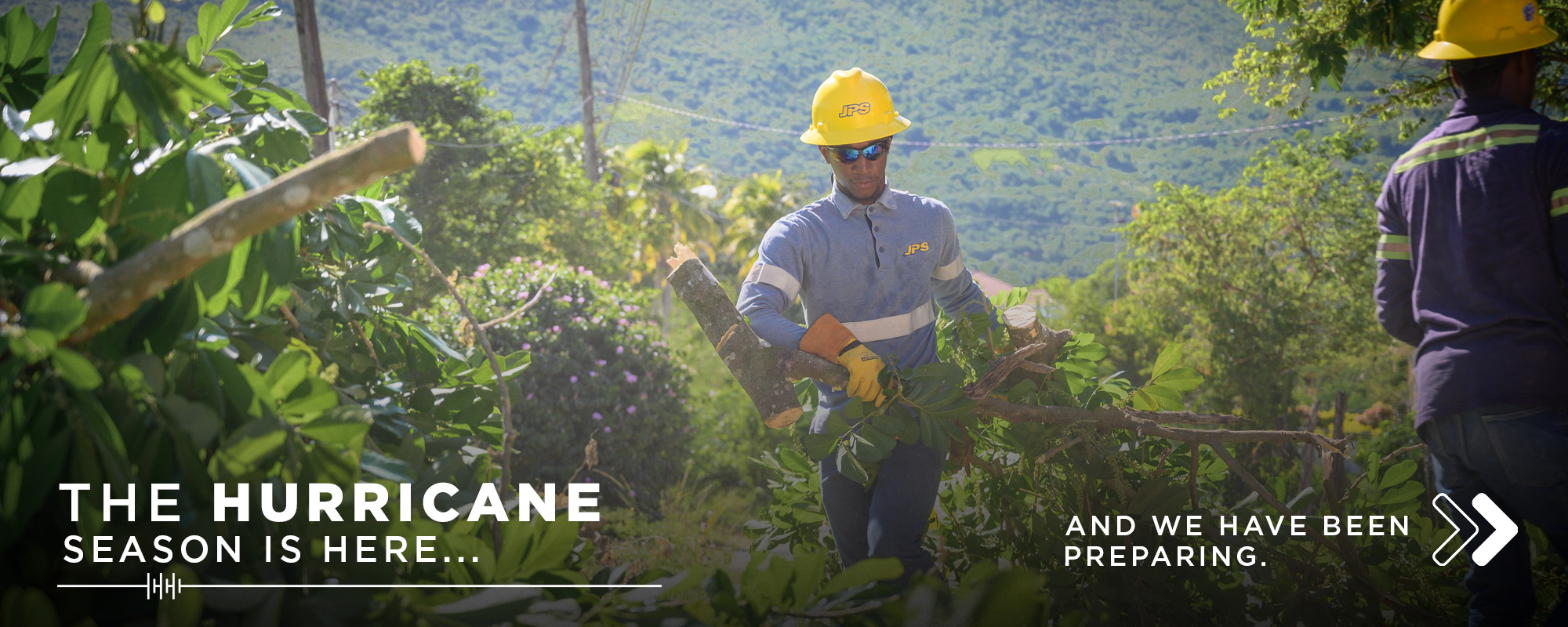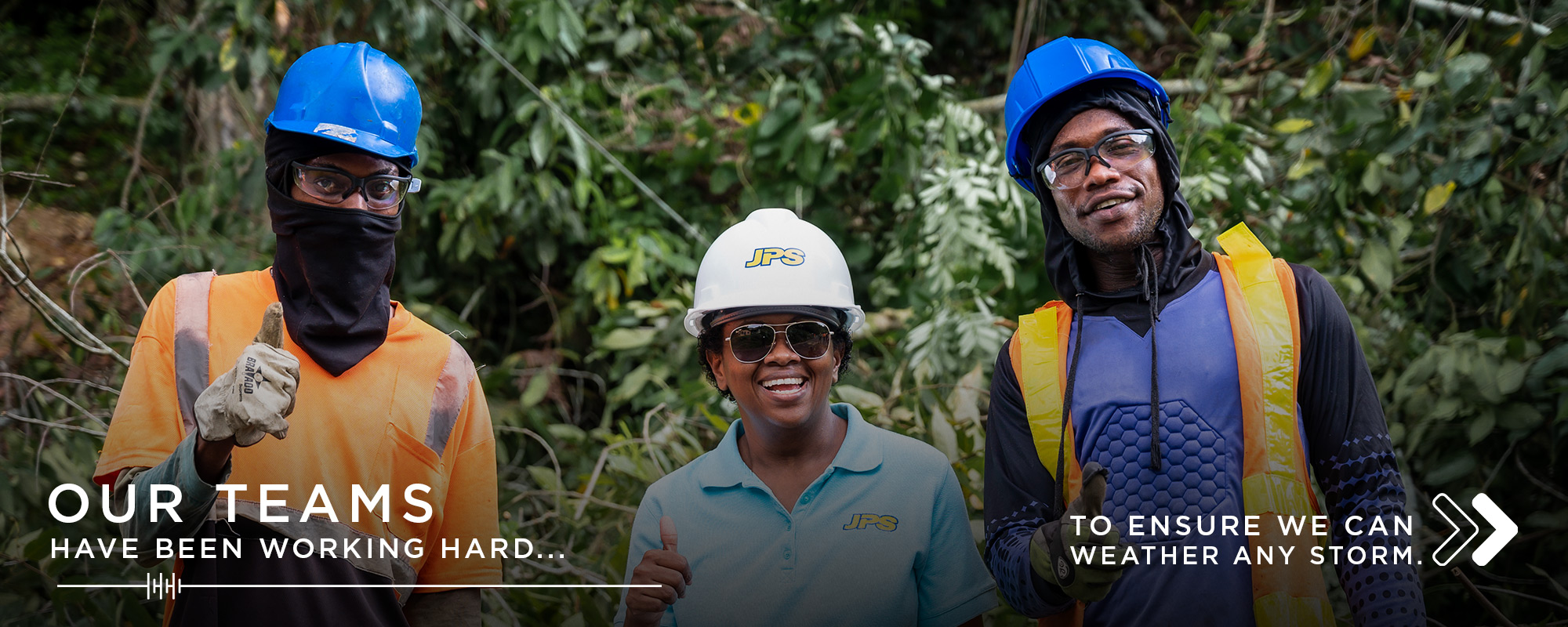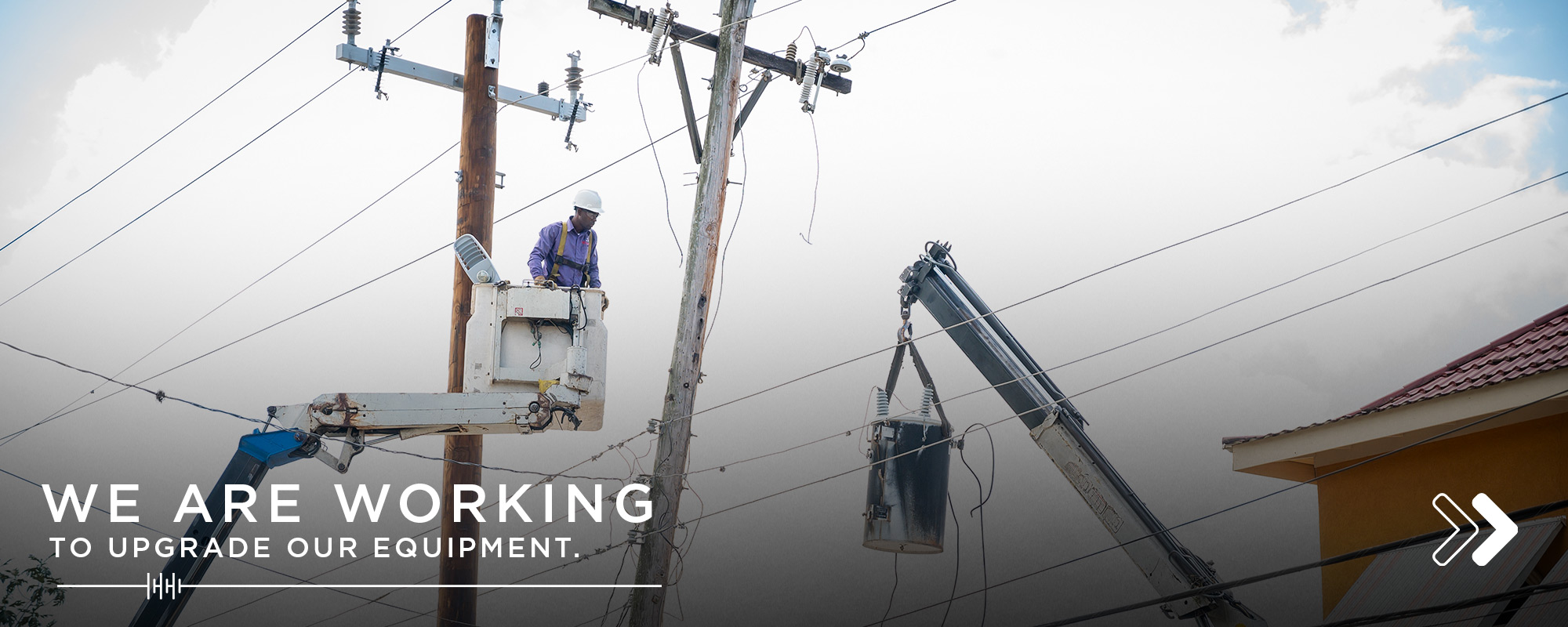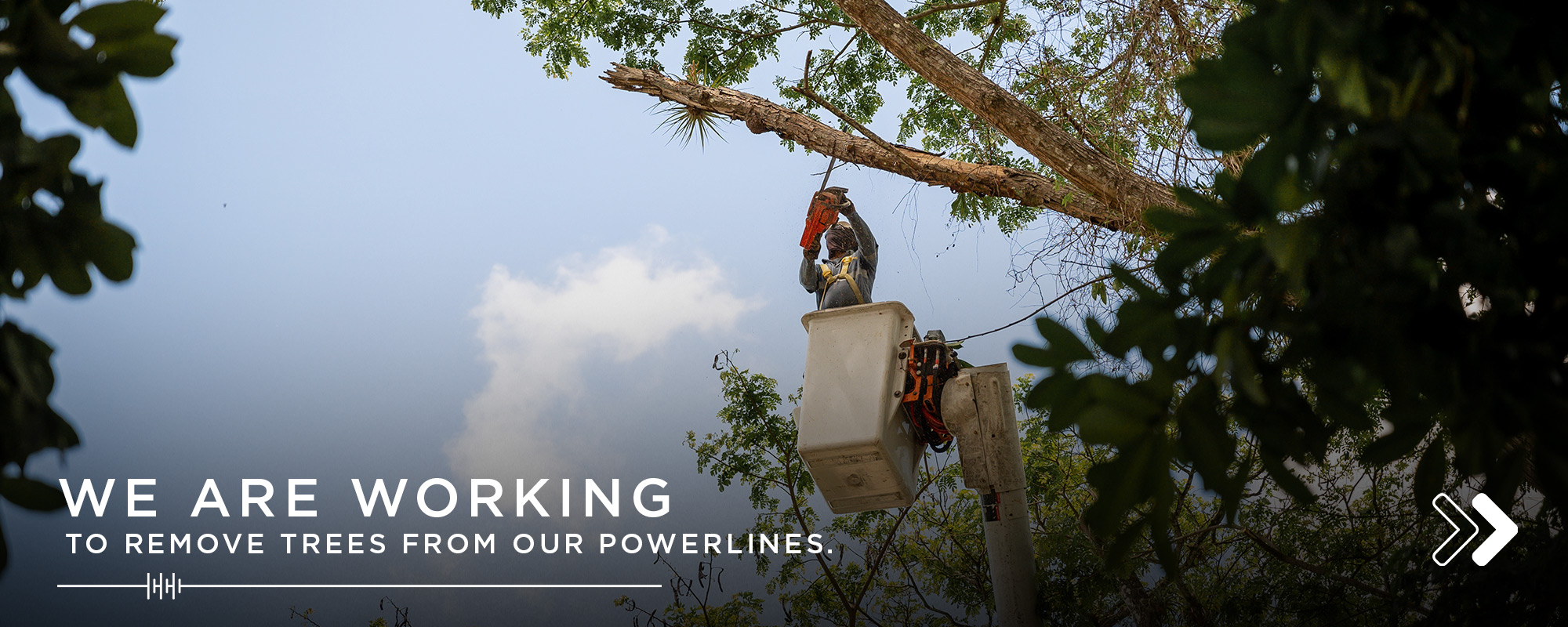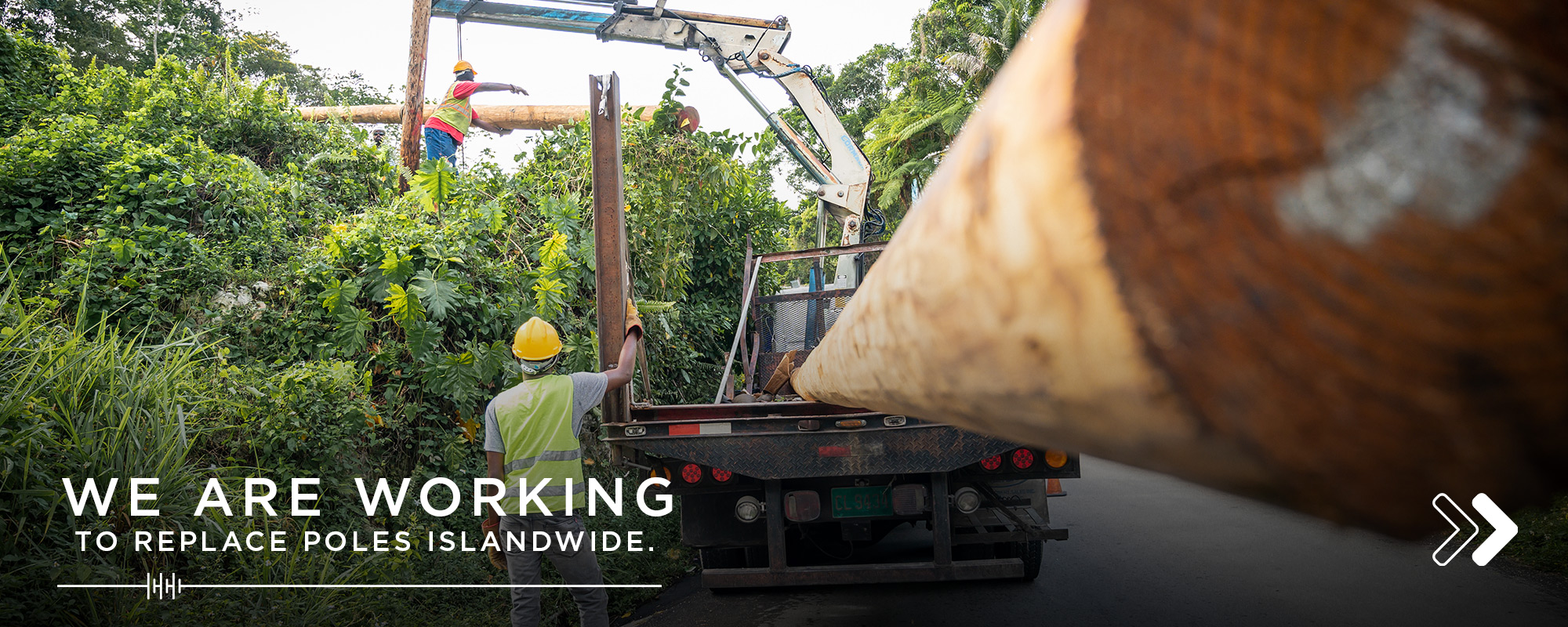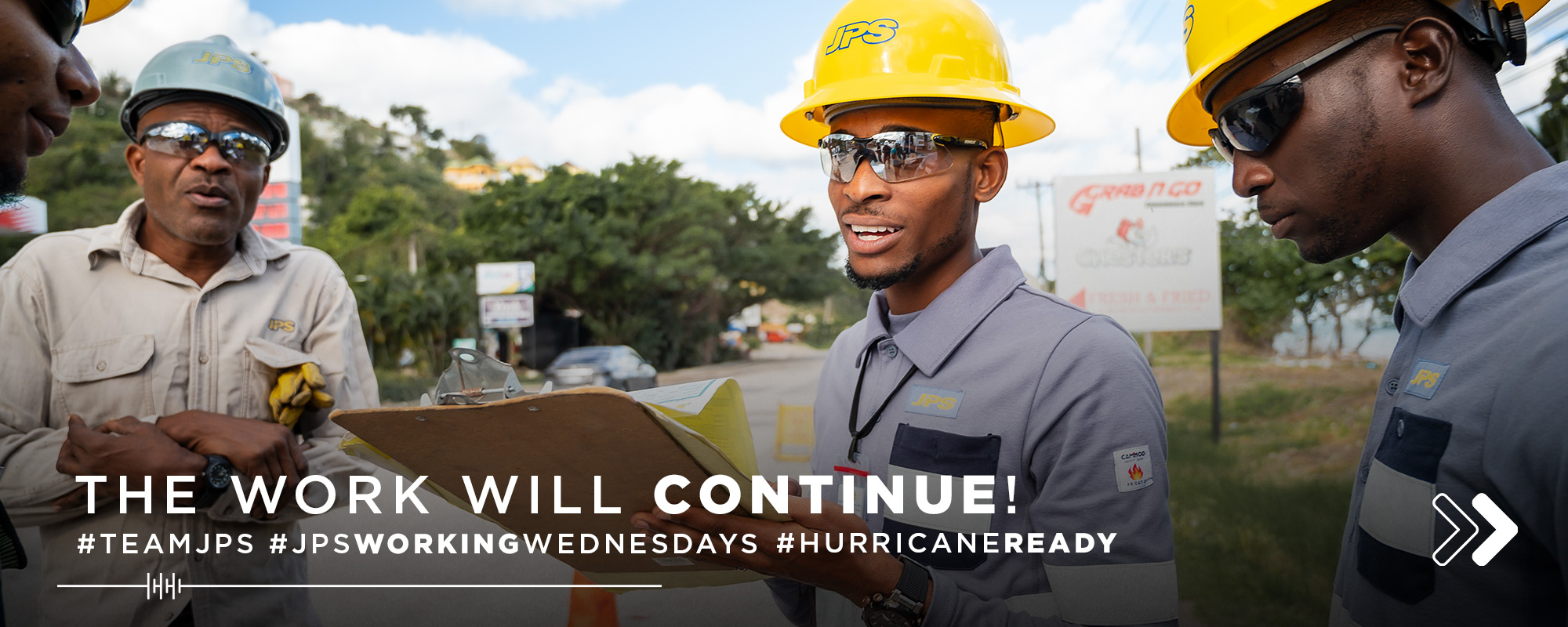Make Safety A Priority
Check out our Hurricane Safety Tips. Here you'll find essential tips and resources to help you stay safe and prepared before, during, and after a hurricane. Your safety is our top priority, especially during these challenging times.
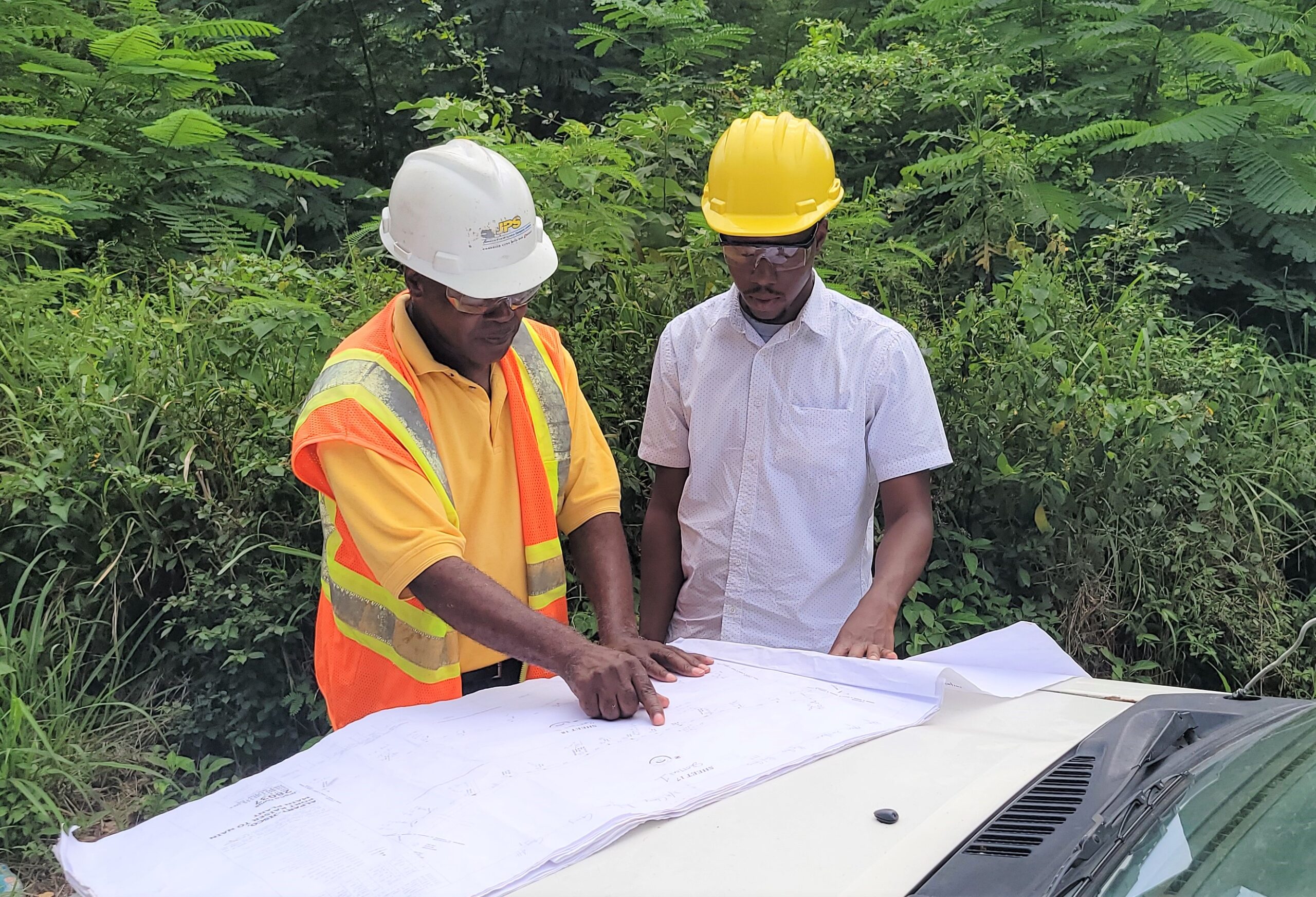
Tips For Your Hurricane Preparedness
Check out some more tips and resources for hurricane Safety
Make a family emergency plan
- Make sure everyone knows where to meet and how to communicate.
- Assign responsibilities to each family member.
*At JPS, every team member has a storm role and is on-standby to carry out assigned responsibilities
Organize supplies into a Go-Kit and a Stay-at-Home Kit.
- Go-Kit: 3 days of supplies that you can carry with you. Include backup batteries and chargers for your devices (cell phone, CPAP, wheelchair, etc.)
- Stay-at-Home Kit: 2 weeks of supplies. Stores and pharmacies might be closed.
Prepare for Wind
- Secure items outside, such as lawn furniture and trash cans, that could be picked up by high winds and hurt someone.
- Anchor objects that would be unsafe to bring inside, such as gas grills and propane tanks.
- Trim or remove trees close enough to fall on your home. Review insurance policies.
- Protect windows with permanent storm shutters or pre-cut plywood.
Stay Inside!
- Don’t go outdoors during a storm – you could be hit by flying debris or broken glass.
Stay Informed!
- Keep a battery powered radio handy in case of power outages.
- Ensure your phone is fully charged before a hurricane. It is also good to have a power bank at home.
Don’t Leave Candles Unattended
- If you must use candles, do not leave them unattended – keep them in safe holders and away from flammable materials.
Unplug Electrical Equipment
- Turn off and unplug electrical equipment during a storm. You ma lose power altogether because of heavy winds and lightning.
Stay Away From Power lines.
- Watch out for and stay clear of fallen power lines.
Do Not Use Wet Electrical Devices!
- Get an electrician to check the device before using it.
Stay Out Of Flood Waters.
- Avoid going into or driving through floodwaters. You can be swept away or may stall in moving water.
If I lose power during a hurricane, how long will it take to restore it?
4 Step Process of Power Restoration: Electricity restoration after a hurricane involves a number of critical steps that must be followed for maximum efficiency and the safe return of service to customers. To expedite the restoration process, where possible, we carry out several of these steps simultaneously, but it is essential that we observe the restoration protocol. Hastening the process without following these steps could significantly compromise the integrity of the power system, your safety, and our restoration efforts in the long run.
STEP 1
Checking and Repairing Power Plants & Main Transmission Lines
Our first priority is to inspect the entire power system for damage. This is necessary so we can first identify and fix any damage to the power plants and the main transmission lines that take power from our generating stations. If there are problems with these parts of the system, then it may be physically impossible to generate and get power to you.
STEP 2
Getting Power To Essential Services
Once it is safe to start turning the lights back on, electricity is first restored to the main lines that provide electricity to essential services such as hospitals, airports, communication systems, and water supply facilities.
STEP 3
Fixing Large Power Lines Serving the Largest Number of Customers
The next stage in our restoration is to get as many customers as possible restored quickly by repairing those large distribution lines that serve several communities.
STEP 4
Fixing Smaller Power Lines
Having fixed the larger power lines, attention is now turned to fixing the smaller power lines serving smaller groups of customers.
We've Been Preparing
A crucial aspect of our hurricane season preparation is continuous structural integrity. This includes measures for lightning mitigation, vegetation management and upgrades to equipment and other components of the network.
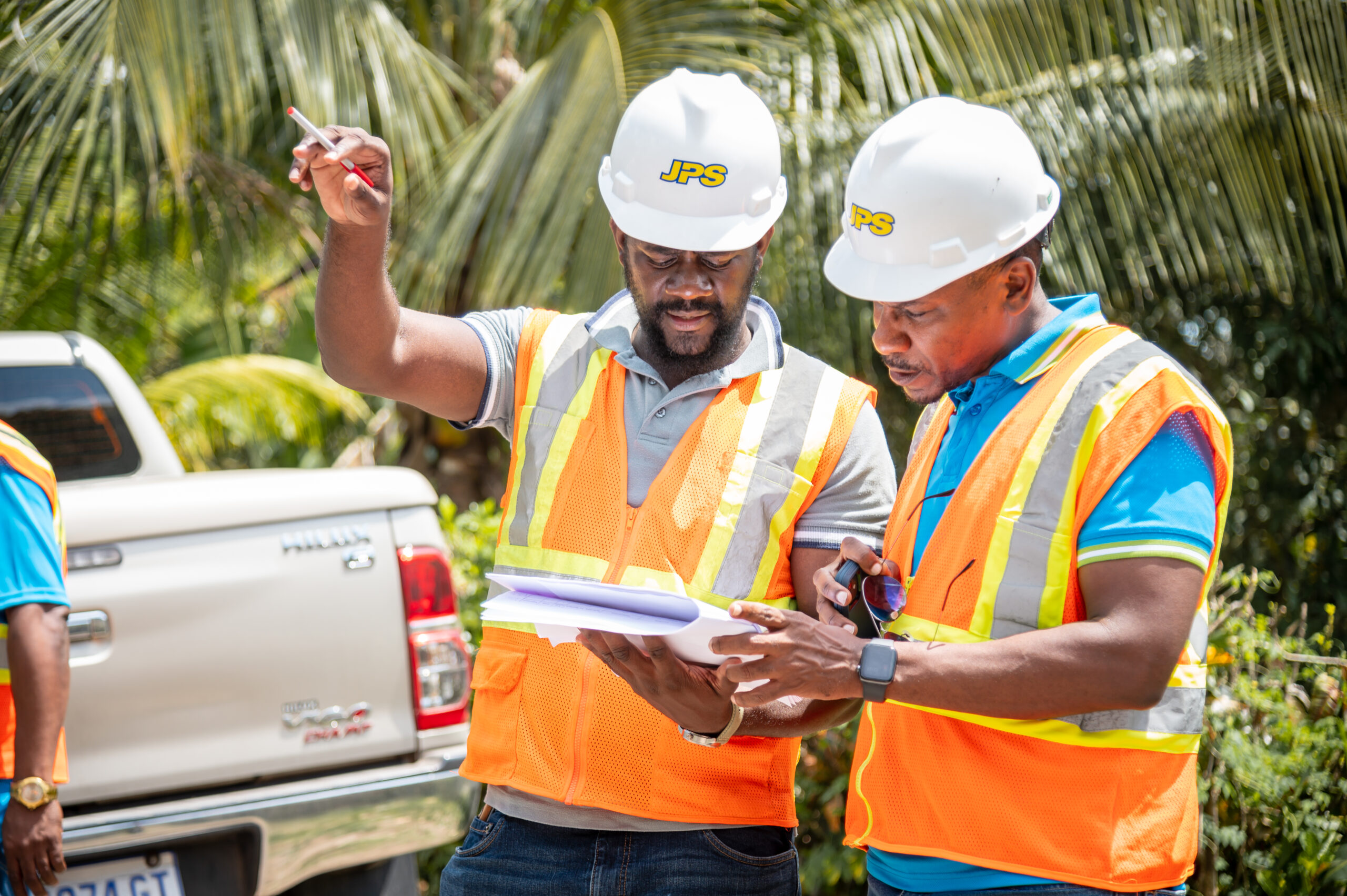
Additional Resources
